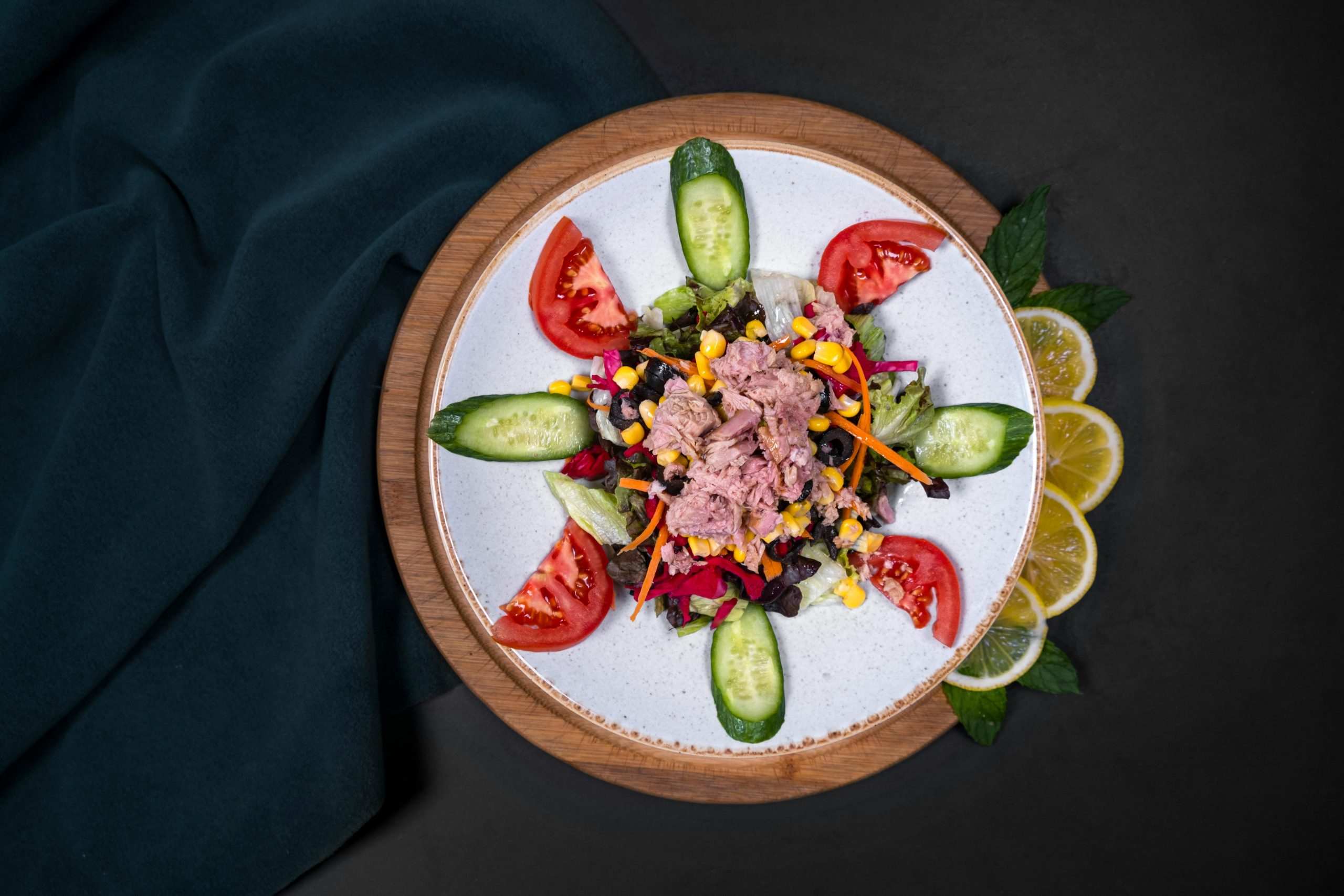The Art of Menu Planning: Creating Balanced Meal Rotations
Are you tired of the endless cycle of cooking the same meals week after week? Or maybe you struggle with deciding what to eat each night, leading to last-minute takeout orders and unhealthy food choices. The solution to these mealtime dilemmas lies in the art of menu planning and creating balanced meal rotations. Not only will it save you time and stress, but it will also ensure that you and your family are eating a variety of nutritious meals. Follow these tips and tricks to master the art of menu planning and create balanced meal rotations.
The Importance of Menu Planning
Menu planning is more than just writing down a list of meals to make for the week. It involves thoughtfully selecting recipes, considering your schedule and budget, and creating a healthy balance of nutrients. Here are some of the main reasons why menu planning is a game-changer for your mealtimes:
Saves Time and Money
Menu planning can seem like a daunting task, but it ultimately saves you time and money in the long run. By planning out your meals, you can create a detailed grocery list, preventing you from making unnecessary purchases and wasting food. You also won’t have to make multiple trips to the store during the week, saving you time and gas money.
Reduces Stress
One of the biggest advantages of menu planning is that it eliminates the stress of figuring out what to make for dinner each night. With a predetermined menu, you’ll know exactly what ingredients you need and what to expect for each meal, making mealtime a more relaxed and enjoyable experience.
Promotes Healthy Eating
When you plan out your meals, you have more control over the ingredients and portions that go into your food. This allows you to create balanced meals that provide your body with the necessary nutrients. You can also incorporate more variety into your meals, ensuring that you and your family are not stuck in a food rut.
Steps for Creating Balanced Meal Rotations
Now that you understand the importance of menu planning, let’s dive into the art of creating balanced meal rotations. A balanced meal is one that contains a variety of nutrients from different food groups, including protein, carbohydrates, healthy fats, and vitamins and minerals. Here are the steps to follow to create balanced meal rotations:
1. Start with a Protein Source
Protein is an essential component of any meal, as it supports muscle growth and repair, keeps you feeling full, and helps stabilize blood sugar levels. Starting with a protein source when planning your meals ensures that each dish has a solid foundation. Some healthy protein options include chicken, fish, beans, tofu, and eggs.
2. Add in Complex Carbohydrates
Complex carbohydrates are a great source of energy and provide your body with important nutrients. They also help keep you feeling full and satisfied. Some healthy complex carbohydrate options include brown rice, quinoa, sweet potatoes, and whole-grain pasta.
3. Don’t Forget the Veggies
Vegetables are an essential part of a balanced meal. They are packed with vitamins and minerals and add volume and texture to any dish. Aim to include a variety of colorful vegetables in each meal, such as leafy greens, bell peppers, carrots, and broccoli.
4. Incorporate Healthy Fats
Healthy fats are necessary for maintaining overall health, including heart health and brain function. They also add flavor and make meals more satisfying. Some healthy fat options include avocados, olive oil, nuts, and seeds.
5. Include a Variety of Flavors and Textures
Eating the same meals over and over can quickly become boring. To prevent this, make sure to include a variety of flavors and textures in your meals. Experiment with different spices, herbs, and sauces to add a burst of flavor. Also, try incorporating different cooking methods, such as grilling, roasting, and sautéing, to add variety to your meals.
6. Plan for Leftovers
Making extra food can be a time-saver and ensure that you have healthy options for busy nights. When planning your meals, consider making a double batch of a dish to have as leftovers for another meal. You can also repurpose leftovers for another dish, such as using leftover grilled vegetables to make a veggie stir-fry.
Additional Tips for Menu Planning Success
To truly master the art of menu planning and create balanced meal rotations, here are a few additional tips to keep in mind:
1. Start Small
If menu planning is new to you, start small by planning for a few days at a time, and then work your way up to a week’s worth of meals. This will help you ease into the process and make it more manageable.
2. Keep Your Schedule in Mind
Consider your weekly schedule when planning your meals. If you know you have a busy evening, plan for a quick and easy meal. If you have more free time, you can incorporate more elaborate dishes.
3. Get Your Family Involved
Menu planning does not have to fall solely on your shoulders. Get your family involved in the process by asking for their meal preferences and getting them to help with meal prep. This will also make it more likely for everyone to enjoy the meals you prepare.
The art of menu planning and creating balanced meal rotations takes time and practice. Don’t be afraid to experiment and find what works best for you and your family. With these tips and tricks, you’ll soon be a menu planning pro, enjoying delicious and nutritious meals every day. Happy planning and happy eating!










